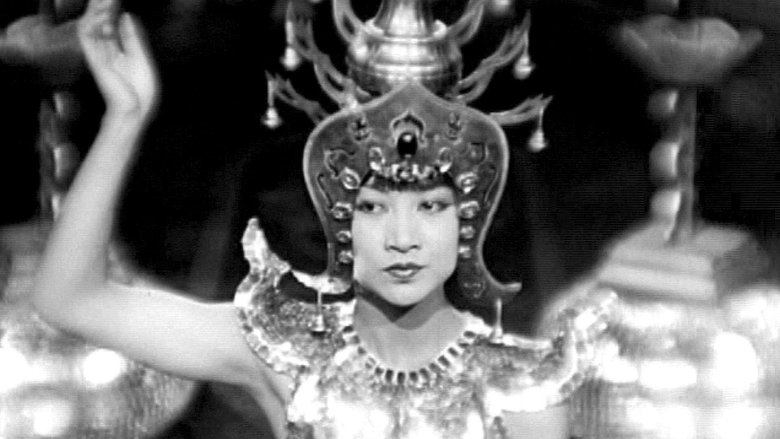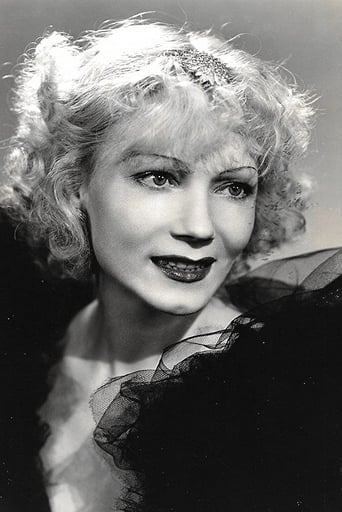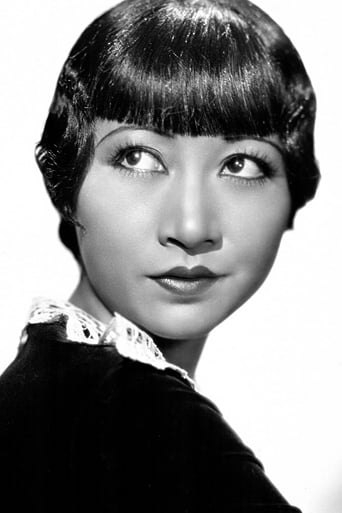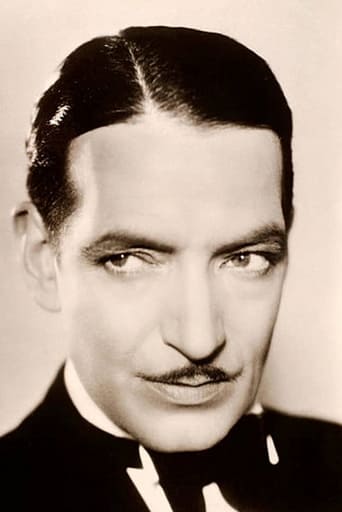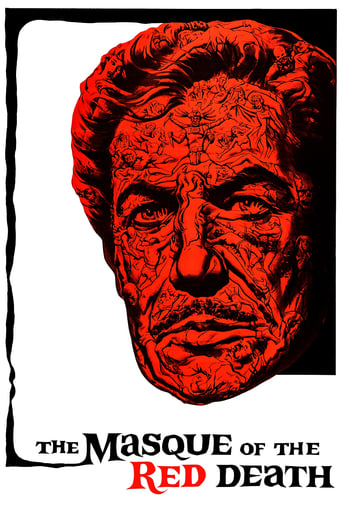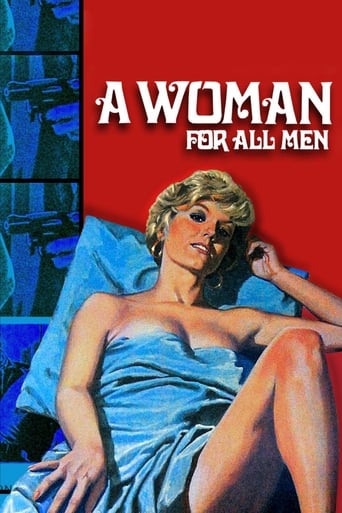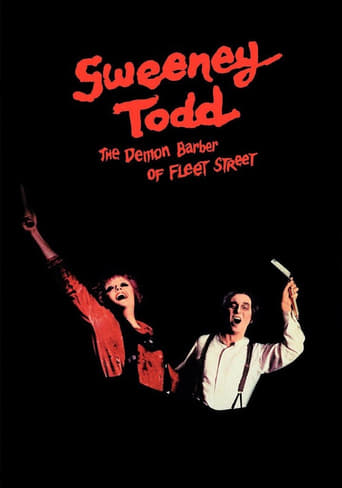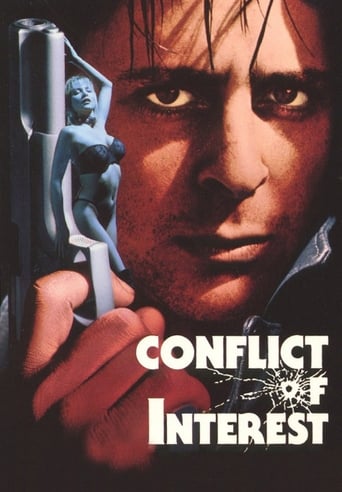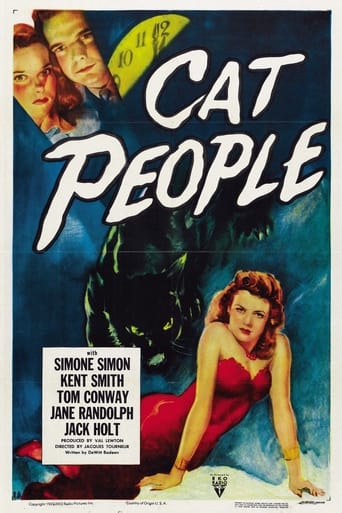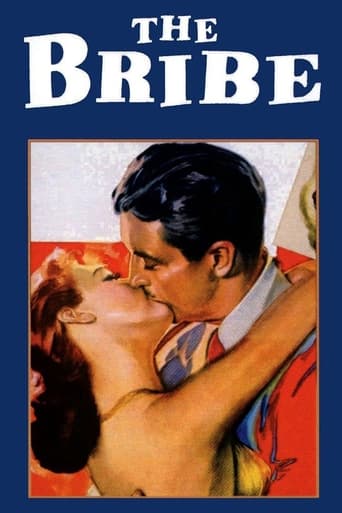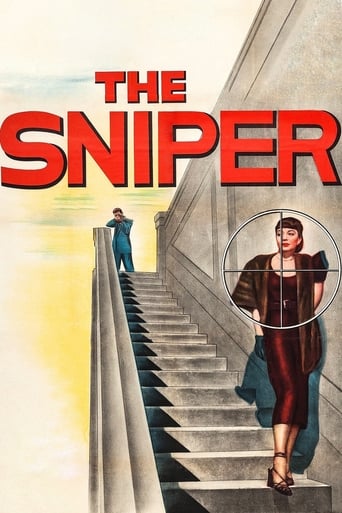Piccadilly (1929)
A young Chinese woman, working in the kitchen at a London dance club, is given the chance to become the club's main act.
Watch Trailer
Free Trial Channels
Cast


Similar titles
Reviews
Just so...so bad
Brilliant and touching
if their story seems completely bonkers, almost like a feverish work of fiction, you ain't heard nothing yet.
While it is a pity that the story wasn't told with more visual finesse, this is trivial compared to our real-world problems. It takes a good movie to put that into perspective.
"Just imagine the whole place being upset by one little Chinese girl in the scullery."Pretty easy to imagine, actually, the Chinese girl being Anna May Wong.But this would be a powerful, sad, beautiful film even without her. Superbly directed by E.A. Dupont, a sort of forgotten master of German Expressionism, with swish pans revealing the relationships between characters, tracking shots inviting the viewer into other worlds, low angles revealing significance of event and character. And some shots just plain beautiful.Much nuance here--this film only gets deeper on multiple viewings.And perhaps one of the most erotic scenes in cinema--mostly with a hand--AMW's hand of course.Gender identity buffs take note of Jimmy.The composer's commentary track is insightful, but as for the music: hit the mute button and put on Satie instead. Really. Satie will reveal much that's otherwise not revealed by the visuals.And without going on too much about it, but: Anna May Wong.
This is an absolutely superb film, far too little known and still much underestimated. It is of particular interest as it was made on what you might call the fragile border of the European cinema tradition in the land that has so often, politically, economically and culturally been the Continent's US "Trojan Horse". But it was made at a particular moment when the British had, briefly at any rate, partially escaped their infeodation vis-à-vis the United States and become more open to tbe influence of other European cinema. It was a period (1928-1933) when a real effort at inra-European co-operation was being made (at least in th world of cinema), when there were many co-productions, often resulting in multiple versions of films in different languages (mainlyl French, German and English) and with slightly different casts in each country.Although this film does not come in that category, it was one of several films made in Britain at this time by German directors, which clearly show the influence of German cinema, in the superb cinematography, in the emphasis on "ensemble" acting, in the relatively slow pace and, for most of the film, lack of melodramatic action. The editing and the use of close-up, in the European manner, does not privilege "continuity" (ping-ponging backwards and forwards between the characters in the classic US fashion) but instead concentrates on "connectivity" (psychological and thematic relevance). The influence of naturalism (most strongly associated with Germany at this time under the name "neue Sachlichgkeit" or "new objectivity") is there, in, for instance, the fine scene set in a lower-class London dance-hall. Subjects are introduced that would have been taboo for US film-makers (the raising of the issue of racial prejudice and racial segregation in that same scene)and, while the style is delightfully elliptical and non-explicit, the film has a sexual pulse that is again typical of European film, while US equivalents rarely rise above mild prurience.Dupont was a fine director both with regard to cinematography and with regard to acting and this is clear from the performances he elicits from all the principals, in all there cases better performances than they would produce or, in where Wong was concerned, be given the chance to produce, in any other films. Since the comparison with Von Sternberg has been raised by other viewers, I have to say that I find Piccadilly distinctly superior to any of Von Sternberg's silent films and better indeed than anything Von Sternberg ever did with the exception - admittedly a very notable one - of his one German film, Der blaue Engel. If Dupont's career went down the drain it was through little fault of his own. Both he and Anna May Wong were notable casualties of the restrictive US system and in both cases it represented a shameful waste of talent. Wong's story is well known - how racism and stereotyping ensured that she never came near to fulfilling her potential.Dupont was a casualty of a certain Herr Hitler who took it into his head to destroy what was, to my mind incontestably, the finest cinema industry of the world at the time. He became part of the great exodus of talent from Germany that would be the US' great gain but a gain it often did not know how properly to profit from. While it is true some German/Austrian/Hungarian expatriates had little problem with the restrictive nature of Hollywood cinema, notably "the playboy Lubitsch" (as Graham Greene once called him, who had come to the US rather earlier (1926) and of his own accord and could adapt to anything. Eclectic directors who did not much mind what they worked on or how it was chopped about (Michael Curtiz for instance) fared well enough. Younger directors, who had had relatively little experience of the German system (Billy Wilder for example) also adapted without problems.But for many the US experience was something of a nightmare after the much freer and more expressive cinema world they were used to. Even F. W.Murnau who came at around the same time as Lubitsch and been given unusual lattitude because he was regarded as such a valuable "catch", after making one of his best films (Sunrise), soon found himself at continual loggerheads with the US production system. Fritz Lang, whose first US film, Fury, is also arguably the best of those he made there, had a successful enough career on the surface but talked long and often of the bitterness and artistic frustration he felt over his US experience. Dupont, who had had little success with an earlier US film (1927), was not regarded as a "catch" in the same way and found himself relegated after 1933 to the making of B-films. It is possible to make excellent B-films (another expatriate Edgar Ullmer is a fine but rare example) but it was not easy and required a very particular, almost perverse, talent that Dupont lacked. Sickened by the experience, he abandoned directing almost completely in 1940 (making only a couple of bread-and-butter films again at the end of his life.It is rather fitting that, in 1929, Britain, a sort of halfway-house in some sense, should have provided a haven both for Dupont and Wong to show what exceptional talents they both were.
Monday July 9, 7pm, The Paramount, Seattle"Just imagine the whole place being upset by one little Chinese girl in the scullery." A failing nightclub owner abandons his star for a beautiful Chinese dishwasher, who becomes an exotic sensation. Shosho leaves her old life behind and blossoms in the spotlight, while bitter, jilted Mabel withers on the vine, setting the stage for a tragic confrontation.Directed by a cornerstone of Weimar cinema, the great E. A. Dupont, and exquisitely photographed by Werner Brandes, Piccadillly was British International Pictures " most expensive and prestigious production at the time." Featured performers include Thomas Jameson as Valentine the amoral boss, Gilda Gray as his faded star, Cyril Ritchard as her fawning partner and Anna May Wong in a dazzling role as the drudge turned star who saves the Piccadilly Club. Charles Laughton's cameo as a drunken, temperamental patron is memorable.In spectacular fashion, Piccadilly exposes the seedy underbelly of nineteen-twenties nightclub life, from the box-office to the scullery, and the fish rots from the head down.
ANNA MAY WONG, JAMESON THOMAS and GILDA GRAY are at the center of a love triangle in PICCADILLY, a silent film that is much more modern in style than most films of the period. The tempo is a bit faster paced than usual (although there are still spots that drag), and the character relationships are not explored fully, which makes the ending rather ambiguous when the murderer turns out to be a character never fully defined.But somehow these murky elements don't effect the overall power of the storytelling here. It starts briskly with some quick views of the Piccadilly area of London at night (tinted blue) accompanied by a perky score that is sometimes a bit too busy throughout. After the credits it switches to sepia for much of the story involving a nightclub act by GILDA GRAY and CYRIL RITCHARD that is disbanded when manager JAMESON THOMAS discharges Ritchard who is becoming too attached to his dancing partner. Thomas then happens to spy ANNA MAY WONG giving an impromptu dance before her co-workers in the galley and decides to hire her as a dance specialty, much to the dismay of Gilda Gray.Wong performs an erotic dance in gilded Chinese costume in an extraordinarily well photographed scene which is met with audience approval and this sets up the jealousy angle between Wong and Gray. In the meantime, we catch the furtive glances of a Chinese man who assists Anna's act and seems intent on throwing dagger-like glances at the manager whom he knows is entering into a romantic relationship with her.The end result is a crime of passion that is handled with some subtlety by director Arnold Bennett. There's an almost Agatha Christie touch to the courtroom ending which has a plot twist for a final surprise.As others have said, this is indeed a "hidden treasure" among the silent screen films and is really worth watching unless silent films are not your thing at all. The background score is a bit too busy at times but it does help to set the mood for many of the club scenes.


